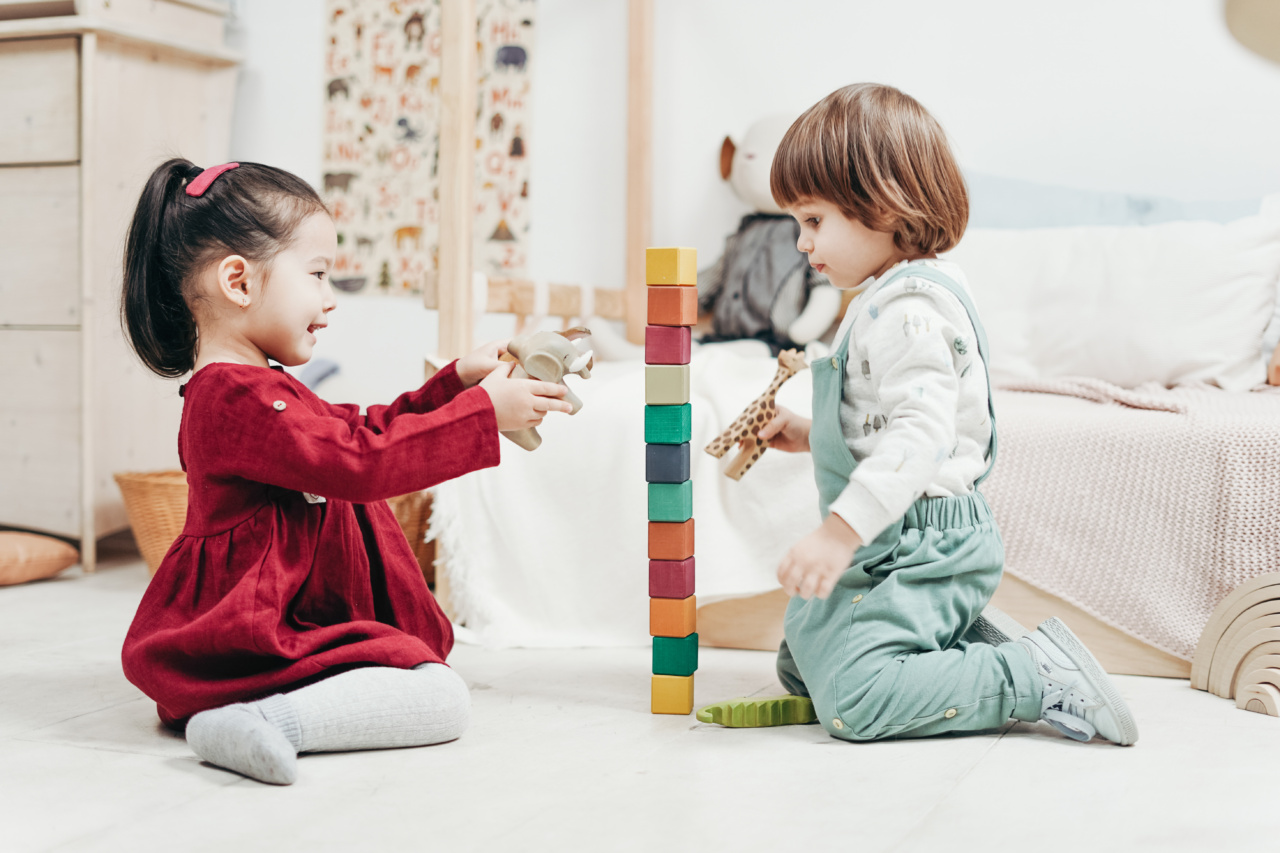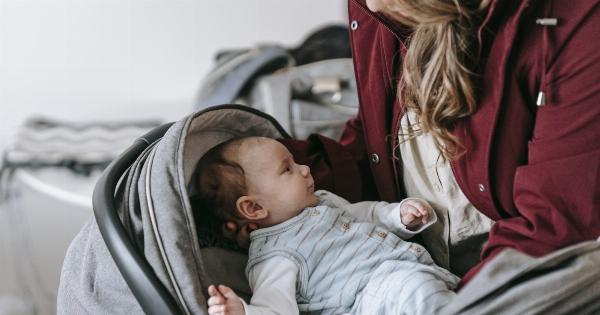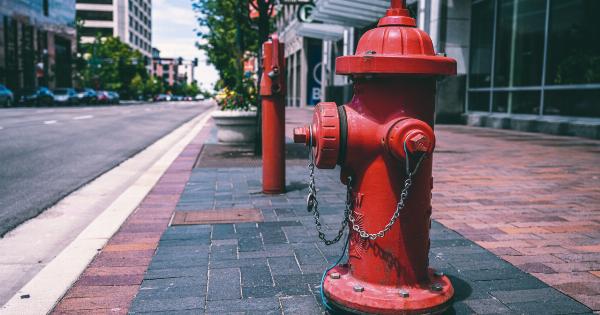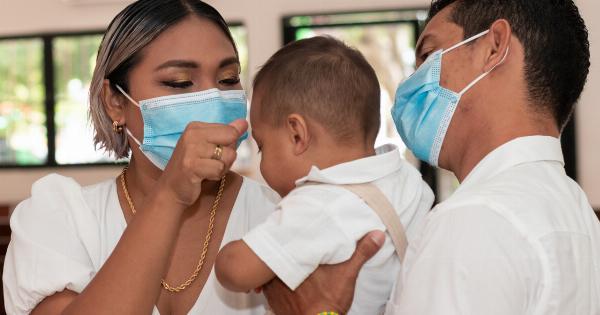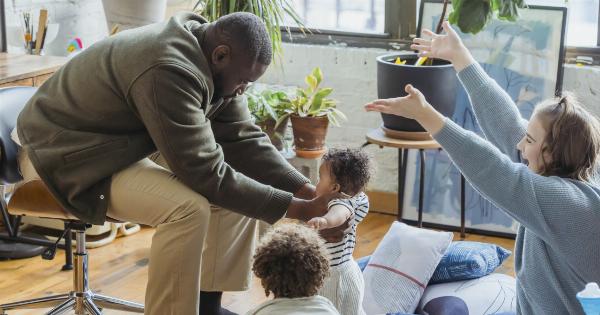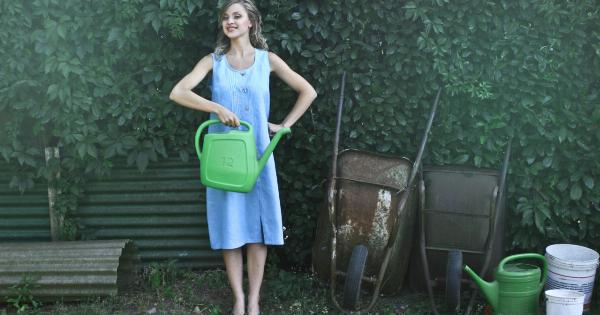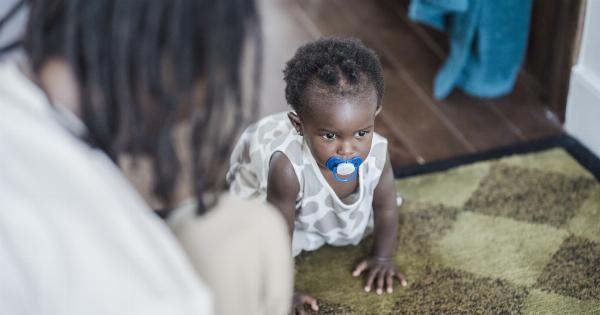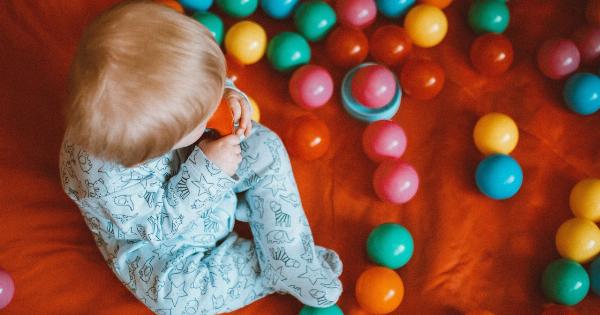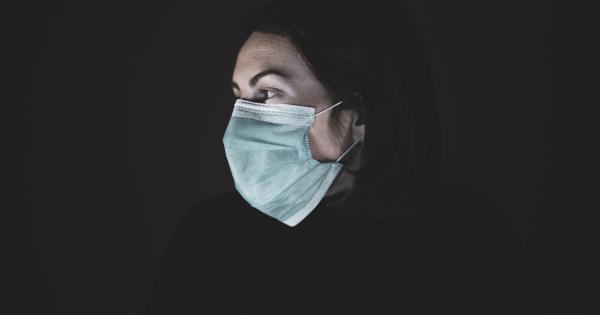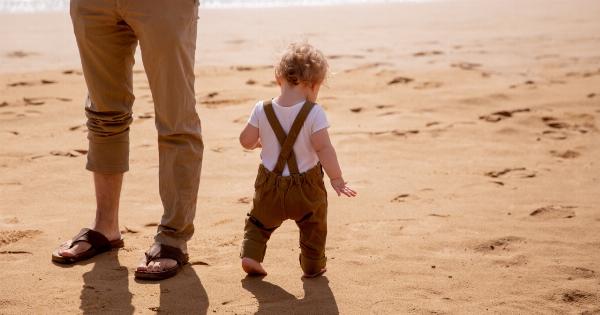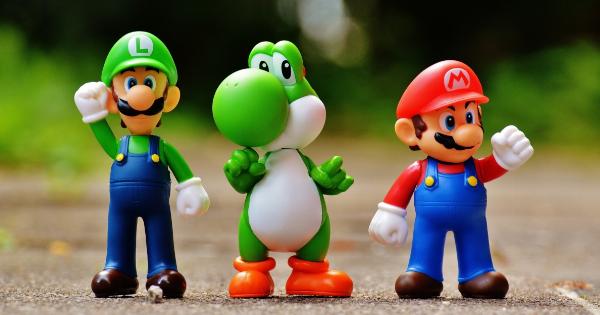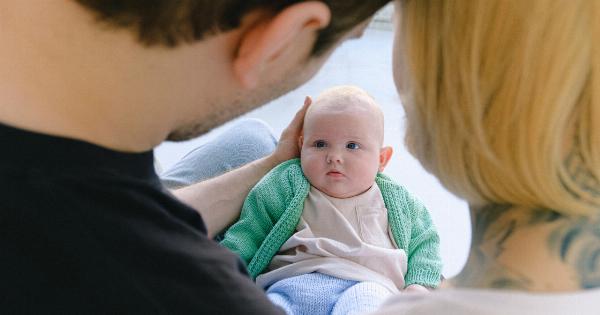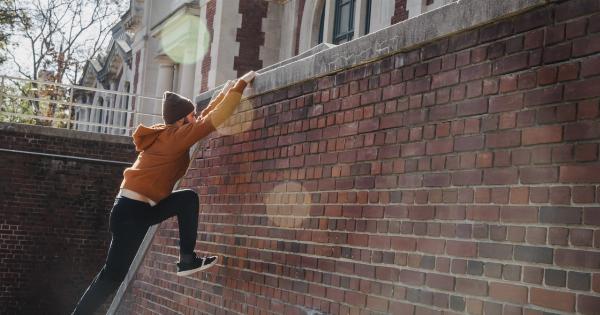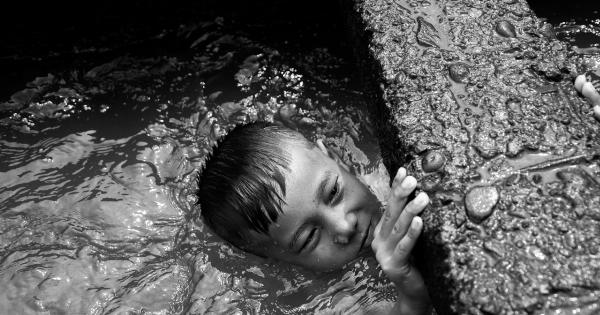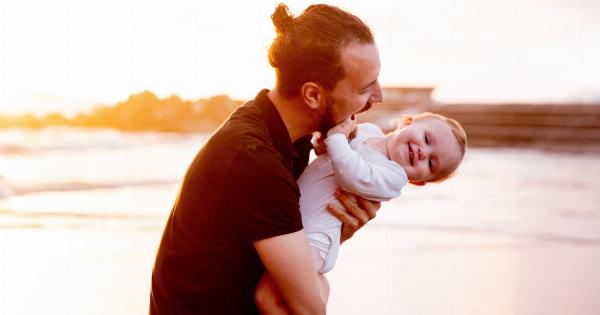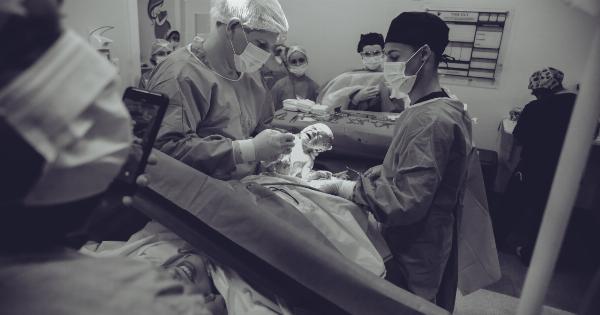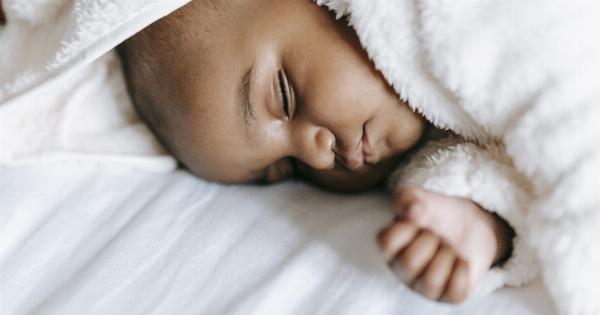Welcoming a new baby into your home is an exciting and joyful time. As a parent, one of your top priorities is to create a safe and secure environment for your little one. One of the most important steps in creating a baby-friendly home is babyproofing.
From playtime to bedtime, there are several areas in your home that require extra attention to ensure your baby’s safety. In this guide, we will walk you through the essentials of babyproofing, helping you create a secure space for your little one to explore and grow.
1. Identify Potential Hazards
The first step in babyproofing your home is to identify potential hazards. Get down on your hands and knees to see the world from your child’s perspective.
Look for sharp corners, electrical outlets, loose cords, and any other objects that could pose a risk to your baby’s safety. It’s important to be thorough in your inspection, as babies can be quite curious and determined to explore even the most hidden corners of your home.
2. Secure Furniture and Electronics
Heavy furniture and unstable electronics can be dangerous for curious babies who are just beginning to crawl and pull themselves up. Use furniture anchors to secure bookshelves, dressers, and any other large furniture items that could tip over.
Keep electronics out of reach or use cord winders to secure cords and prevent your baby from accidentally pulling on them.
3. Cover Electrical Outlets
Uncovered electrical outlets are a major hazard for babies. Invest in outlet covers or outlet plugs to prevent your little one from sticking their fingers or objects into the outlets.
It’s crucial to cover all outlets, even those that are not in use, as babies are naturally curious and may explore any open outlets they find.
4. Lock Cabinets and Drawers
Cabinets and drawers in the kitchen and bathroom can contain hazardous items such as cleaning chemicals, sharp objects, and choking hazards. Install childproof latches or locks to keep your baby from accessing these areas.
Be sure to secure all cabinets and drawers within your baby’s reach, and consider using safety locks on lower cabinets to prevent your child from opening them.
5. Install Safety Gates
Blocking off certain areas of your home with safety gates is an effective way to keep your baby safe while still allowing them to explore.
Place safety gates at the top and bottom of staircases, as well as in doorways to rooms you want to keep your baby out of. Opt for gates that are specifically designed for babies and can withstand their attempts to push or pull on them.
6. Remove Small Objects
Babies have a tendency to put everything in their mouths, so it’s essential to remove any small objects that could pose a choking hazard. This includes coins, buttons, small toys, and other tiny items that could easily be swallowed.
Regularly inspect your floors and other surfaces to ensure there are no small objects within your baby’s reach.
7. Anchor Window Blinds and Cords
Window blinds with long cords are a strangulation hazard for babies and young children. Use cord cleats or cord winders to secure the cords and keep them out of reach.
Additionally, consider installing cordless window coverings or replacing long cords with safer alternatives.
8. Soften Sharp Edges and Corners
Babies tend to bump their heads on sharp edges and corners as they explore their surroundings. Use edge guards or corner protectors to cushion these potentially dangerous areas.
Install them on tables, countertops, and any other furniture with sharp edges. Pay special attention to furniture pieces at your baby’s eye level, as they are more likely to bump into them.
9. Secure Bookshelves and Wall Decor
Bookshelves and wall decor can pose a risk of falling if not properly secured. Use brackets or straps to securely attach bookshelves and heavy wall decor to the wall. This will prevent them from tipping over if your baby tries to climb or pull on them.
10. Create a Safe Sleep Environment
When it comes to bedtime, creating a safe sleep environment is crucial. Ensure your baby’s crib meets the current safety standards and does not contain any loose or soft bedding.
Avoid using crib bumpers, pillows, or heavy blankets, as they can increase the risk of suffocation. Keep the crib clear of toys, stuffed animals, and other objects that could pose a suffocation hazard.
Babyproofing your home is an ongoing process. As your baby grows, they will become more mobile and curious, requiring regular reassessment and adjustments to ensure their safety.
Stay vigilant and always be on the lookout for potential hazards to create a secure space where your baby can explore, learn, and thrive.
